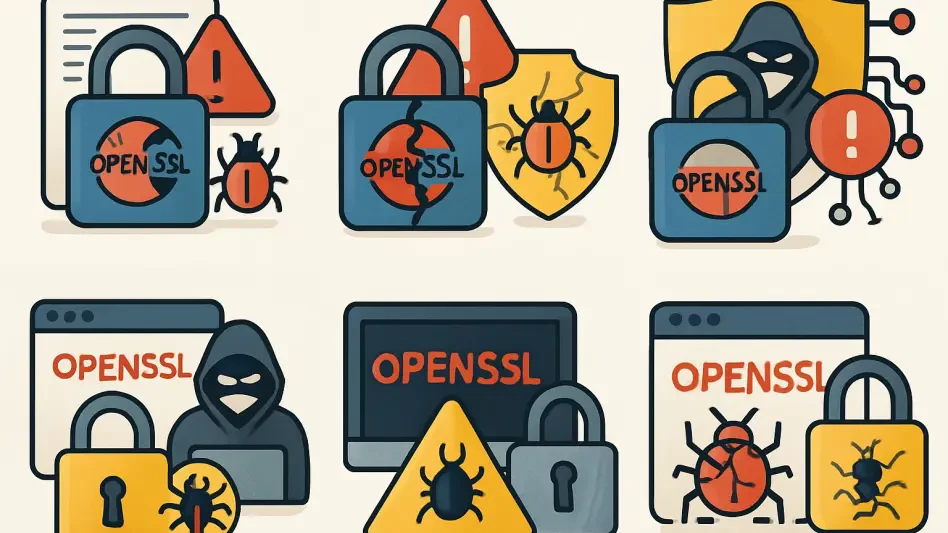The recent emergence of DoubleClickjacking poses a potential threat to the security of sensitive data online. This sophisticated variation of traditional clickjacking attacks uses the timing of mouse double-clicks to bypass current browser defenses. In a conventional clickjacking attack, users are tricked into clicking on concealed or disguised elements within a malicious webpage, leading to unintentional actions on a legitimate site. This is usually achieved through the use of iframes to overlay a legitimate site on top of an attacker-controlled page. However, DoubleClickjacking takes it a step further by cleverly exploiting user actions in a manner that evades these defenses.
A typical DoubleClickjacking scenario involves an attacker creating a decoy web page featuring an enticing button that encourages user interaction. Upon clicking this button, an overlay window appears, usually prompting the user to complete a simple task, such as solving a captcha. Concurrently, the original page switches to a legitimate site requiring user authorization. As the user double-clicks to solve the captcha, the overlay swiftly disappears, causing the second click to authorize sensitive actions inadvertently. This technique can lead to severe security breaches such as connecting an OAuth app to a user’s account or accepting a multi-factor authentication prompt without the user’s explicit consent. The sophisticated nature of this attack vector exploits how users interact with web pages, making it difficult to detect and prevent.
How DoubleClickjacking Bypasses Existing Defenses
One of the most alarming aspects of DoubleClickjacking is its ability to bypass existing clickjacking protections, primarily because it does not rely on the traditional use of iframes or cross-site cookie sharing. Most modern browsers and web applications are equipped with defenses against conventional clickjacking attacks, which typically involve embedding content in iframes. These protections can include frame-busting scripts or HTTP headers like X-Frame-Options that prevent a site from being loaded within an iframe. DoubleClickjacking, however, circumvents these measures entirely by operating within a single domain and exploiting user interactions directly.
Cybersecurity expert Paulos Yibelo has demonstrated the efficacy of DoubleClickjacking against major platforms such as Shopify, Slack, and Salesforce. His research showed that these platforms could be vulnerable to this type of attack, leading to significant security risks. Yibelo also noted that the threat extends beyond traditional web browsers to include browser extensions and mobile devices, suggesting even broader implications. The ability of DoubleClickjacking to target a wide range of devices and applications underscores the need for more robust defenses and greater awareness of this emerging threat.
Proposed Solutions and Countermeasures
In response to the growing concern over DoubleClickjacking, Yibelo proposed several countermeasures aimed at mitigating this threat. One key recommendation involves incorporating JavaScript that disables sensitive buttons until a user gesture is confirmed, preventing automatic clicks on authorization prompts. This approach ensures that any sensitive action, such as authorizing an app or accepting a security prompt, requires a deliberate user gesture rather than a rapid double-click. By adding this layer of verification, web developers can reduce the likelihood of inadvertent actions caused by DoubleClickjacking.
Another potential solution suggested by Yibelo is the implementation of an HTTP header to block rapid context-switching between windows during double-clicks. This header would prevent the kind of quick overlay disappearance that characterizes DoubleClickjacking attacks, making it more challenging for attackers to exploit the timing of double-clicks. By disrupting the seamless transition between the decoy page and the legitimate authorization site, this measure could effectively neutralize the threat posed by DoubleClickjacking.
The Future of Web-based Security
The rise of DoubleClickjacking poses a significant threat to the security of sensitive online data. This advanced version of traditional clickjacking exploits the timing of mouse double-clicks to get around existing browser defenses. In a standard clickjacking attack, users are tricked into clicking hidden or disguised elements on a malicious webpage, unintentionally performing actions on a legitimate site. This often involves using iframes to overlay a legitimate site over a malicious page. DoubleClickjacking takes this to another level by cleverly exploiting user actions to evade these defenses.
In a typical DoubleClickjacking scenario, an attacker makes a decoy web page with an engaging button to entice user interaction. When the user clicks the button, an overlay window appears, usually asking them to solve a basic task like a captcha. At the same time, the original page switches to a legitimate site needing user authorization. As the user double-clicks to solve the captcha, the overlay vanishes, and the second click unknowingly authorizes sensitive actions. This sophisticated attack can lead to severe security breaches, such as connecting an OAuth app to a user’s account or accepting a multi-factor authentication prompt without explicit user consent. The sophisticated nature of this attack preys on how users interact with web pages, making it challenging to detect and stop.







